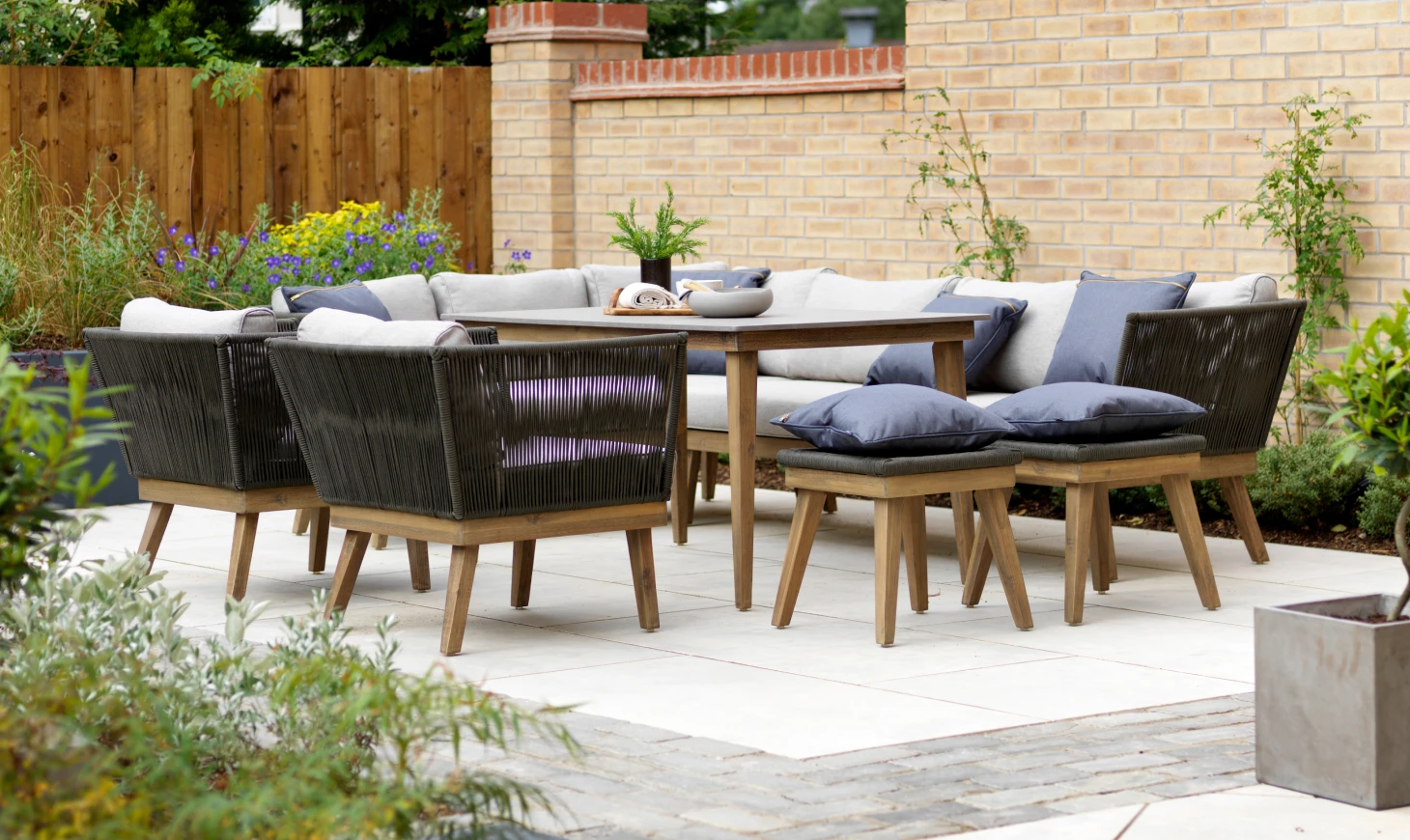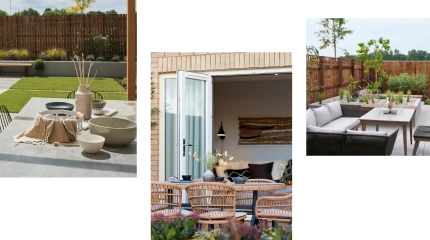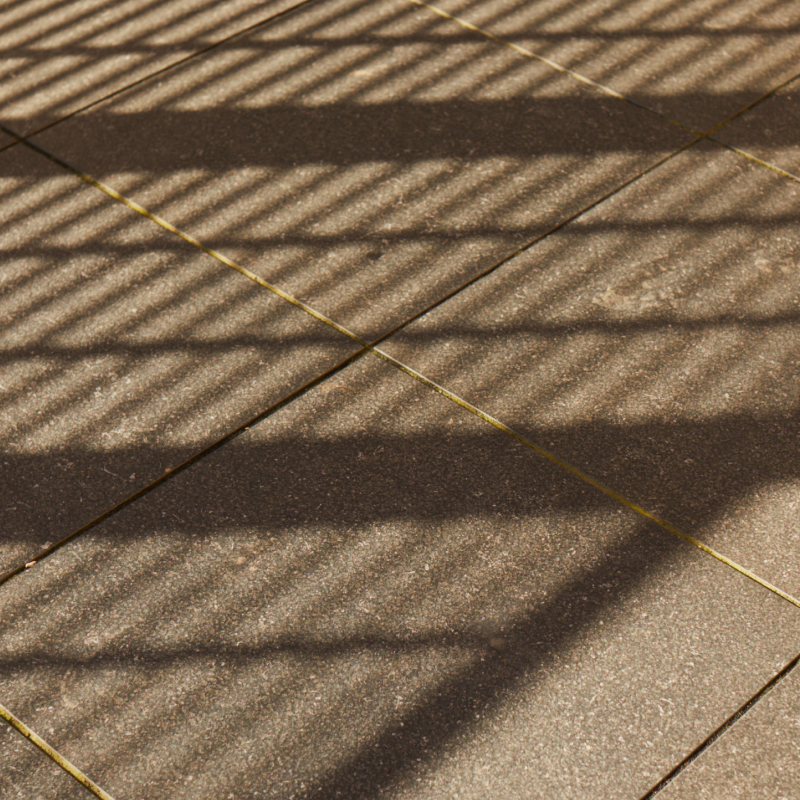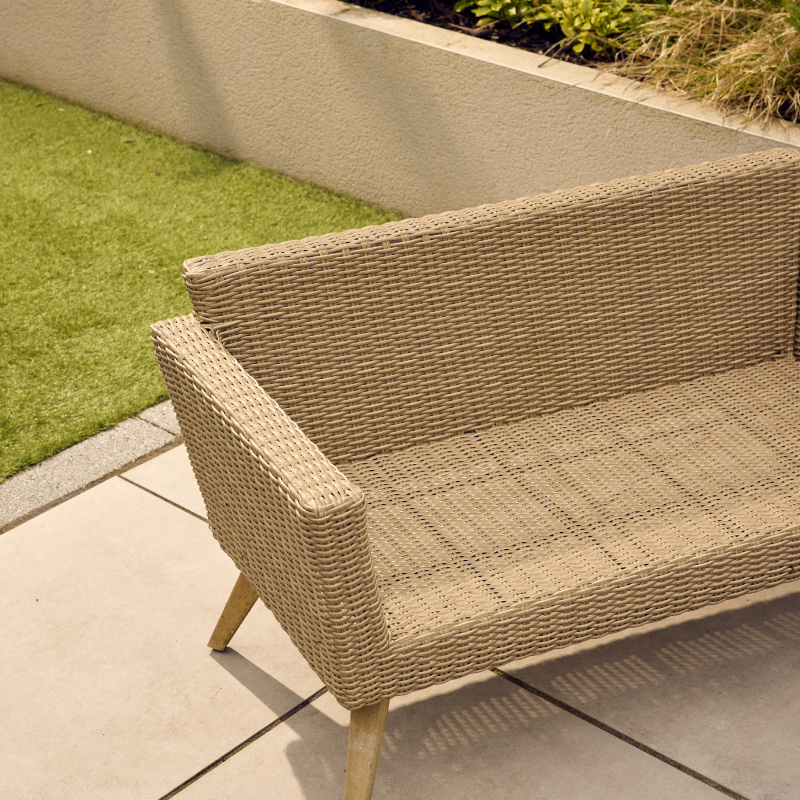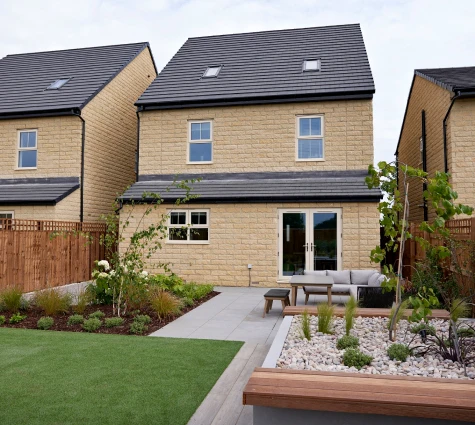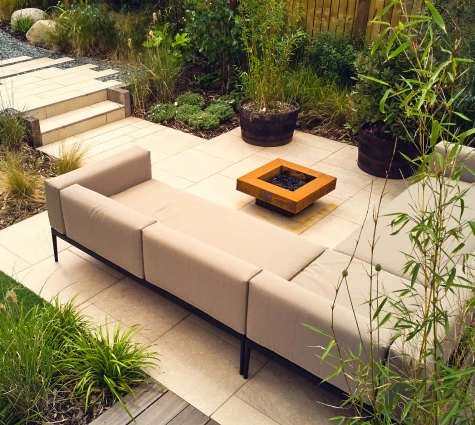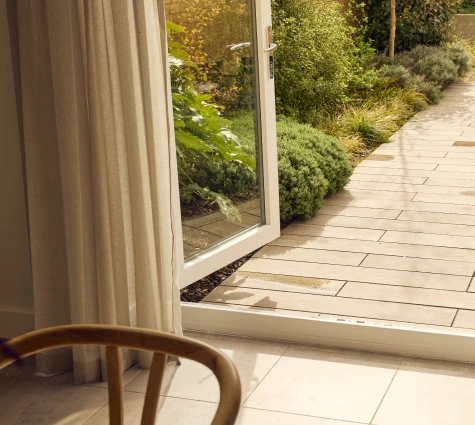Step 2: Understand your space
To create a realistic and functional garden design, you need to understand the space you’re working with. Some key questions to ask are:
- What are the benefits and limitations of the space?
- What shape is your garden, is it square/rectangle or does it have nooks and crannies to work with?
- Are there any levels to take into account? Levels are often perceived as a negative in a garden, but when designed well they can actually offer much more scope for zoning and better using the space by stepping the garden up or down.
- What is the soil and climate like?
- Are there any shady or sunny spots, or areas that get a mix of sun and shade as the day progresses? This will impact what plants will thrive in your garden as well as what purpose you design each garden segment for.
Once you have the measurements and shape, draw a rough outline of your garden to begin mapping out your design.


